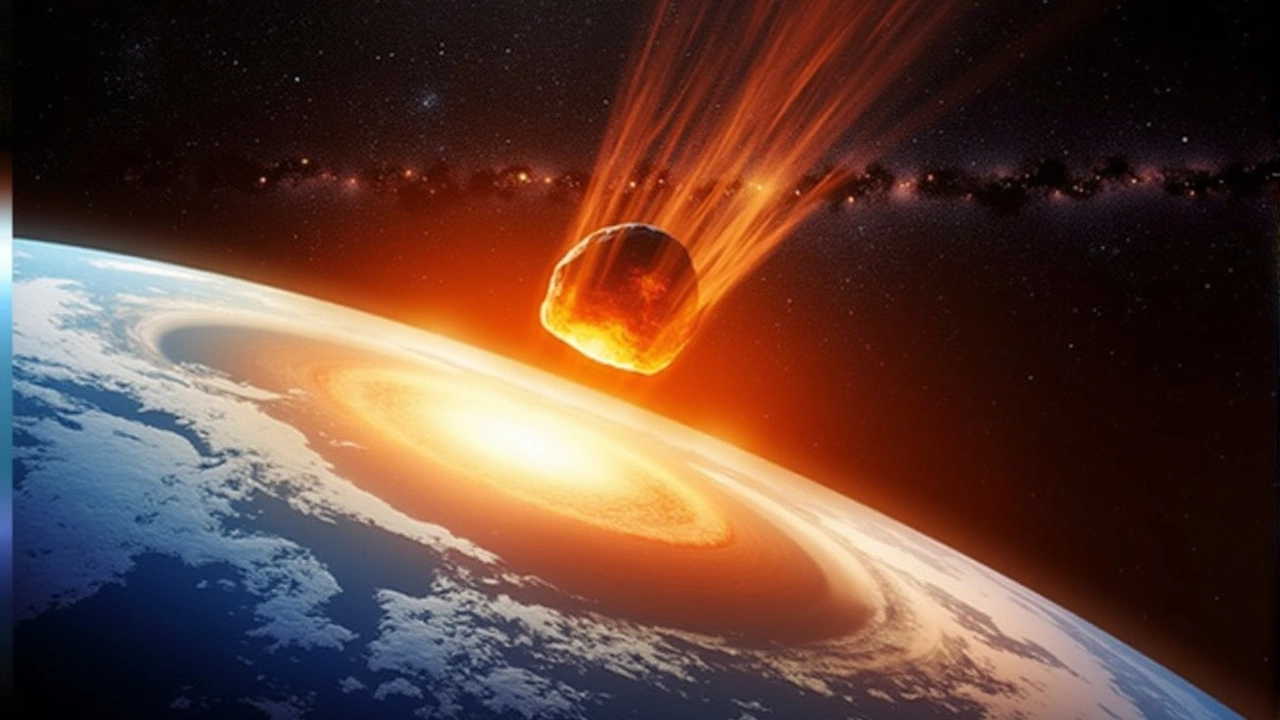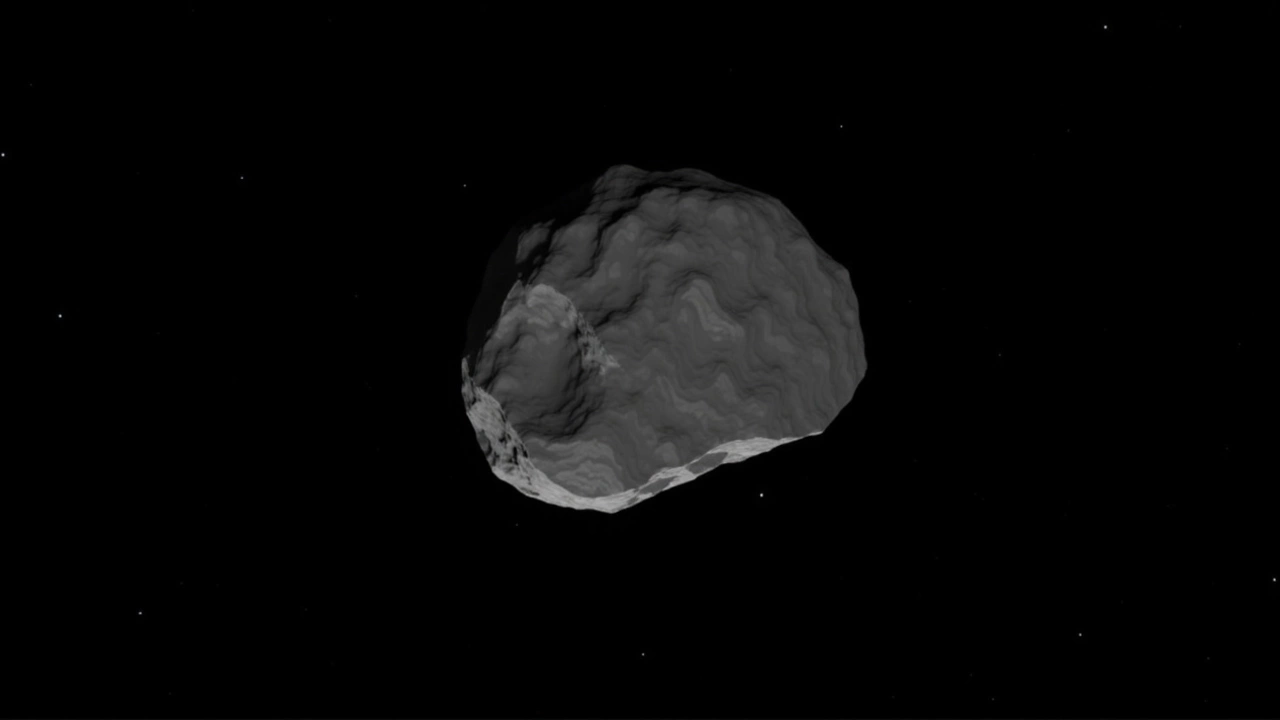Asteroid 2024 YR4 and Its Journey Towards Earth
Discovered in the closing days of 2024, Asteroid 2024 YR4 has citizens, astronomers, and governments around the world paying close attention. The sizeable cosmic rock, which was identified by the Asteroid Terrestrial-impact Last Alert System (ATLAS) in Chile, presents a rare type of challenge for both experts and the general public. With dimensions speculated to range from 130 to over 300 feet, the prospect of this celestial body crossing paths with Earth as soon as December 2032 creates a unique and pressing need for accurate surveillance and analysis.
The Risks and Reach of 2024 YR4
Currently, the asteroid is some 27 million miles from our planet and moving at an incredible velocity of approximately 13.5 kilometers per second. The risk corridor – the zone of potential impact – is vast, spanning regions from South America, through Africa, and all the way to South and Southeast Asia. For scientists and safety officials, this poses a dilemma; while the chance of impact remains relatively low at 1-in-83 according to updated observations, the significance of any potential collision necessitates vigilance.
The presence of such an interstellar wanderer on the Torino Impact Hazard Scale as a level three object is particularly notable. This is the highest potential impact level assigned to any current large near-Earth object, thus prioritizing continuous attention from the global community. Despite precautions, many agree that such a rare convergence warrants monitoring even if the likelihood of occurrence remains minimal.
Scientific Measures and Surveillance
Professionals like Paul Chodas at NASA's Center for Near-Earth Object Studies insist on the minimal concern. Yet, they simultaneously assert the importance of continued observation. Since initial tracking has already plotted a trajectory bringing 2024 YR4 exceedingly close to Earth, additional surveys help confirm its orbit and mitigate risks. Exploration between past sky surveys, dating as far back as 2016, is underway to capture and refine existing orbital data, thus reducing uncertainty.
Engaging Global Efforts
The European Space Agency (ESA) and other international entities place the asteroid as a pivotal item on the risk list, given its potential to cause monumental damage. As such, observatories worldwide equip powerful telescopic apparatus to gather clearer images and render precise measurements. From amateur astronomers utilizing visualization technology which factors gravitational influences, to more structured efforts, all work collaboratively to outline definitive pathways the asteroid might follow.
The application of gravitational mapping shows not only how 2024 YR4 might pass at an impressively low distance of about 301 miles above Earth but also sheds light on gravitational capture's potential - pulling the asteroid into Earth's atmosphere.

Pondering Possibility and Preparedness
While astronomers reassure us with statistical calculations underscoring the high probability of the asteroid missing Earth, the fact remains that its December alignment has fueled both panic and precaution. The impending December 22, 2032, date has become a focal point, and although astronomers project only one possible date for disruption, it encourages preemptive initiatives aimed at circumventing potential crises.
Refining Data and Future Approaches
Ongoing assessments utilize emerging technologies to catalog variables and hypothetical scenarios – a practice essential for cataloging rock masses like 2024 YR4. Humanity has yet faced an asteroid of similar magnitude within recent millennia, and this brings about expectations of preparedness from strategic sectors. The more data gathered, the more precise projections become, strengthening defense tactics against future asteroids.
The engagement in planetary defensive stratagem reflects a larger recognition among space exploration organizations that our environment cannot exist in isolation from these cosmic entities. Constant vigilance and innovation aim to preclude outcomes that could happen infrequently but invoke great consequence.
